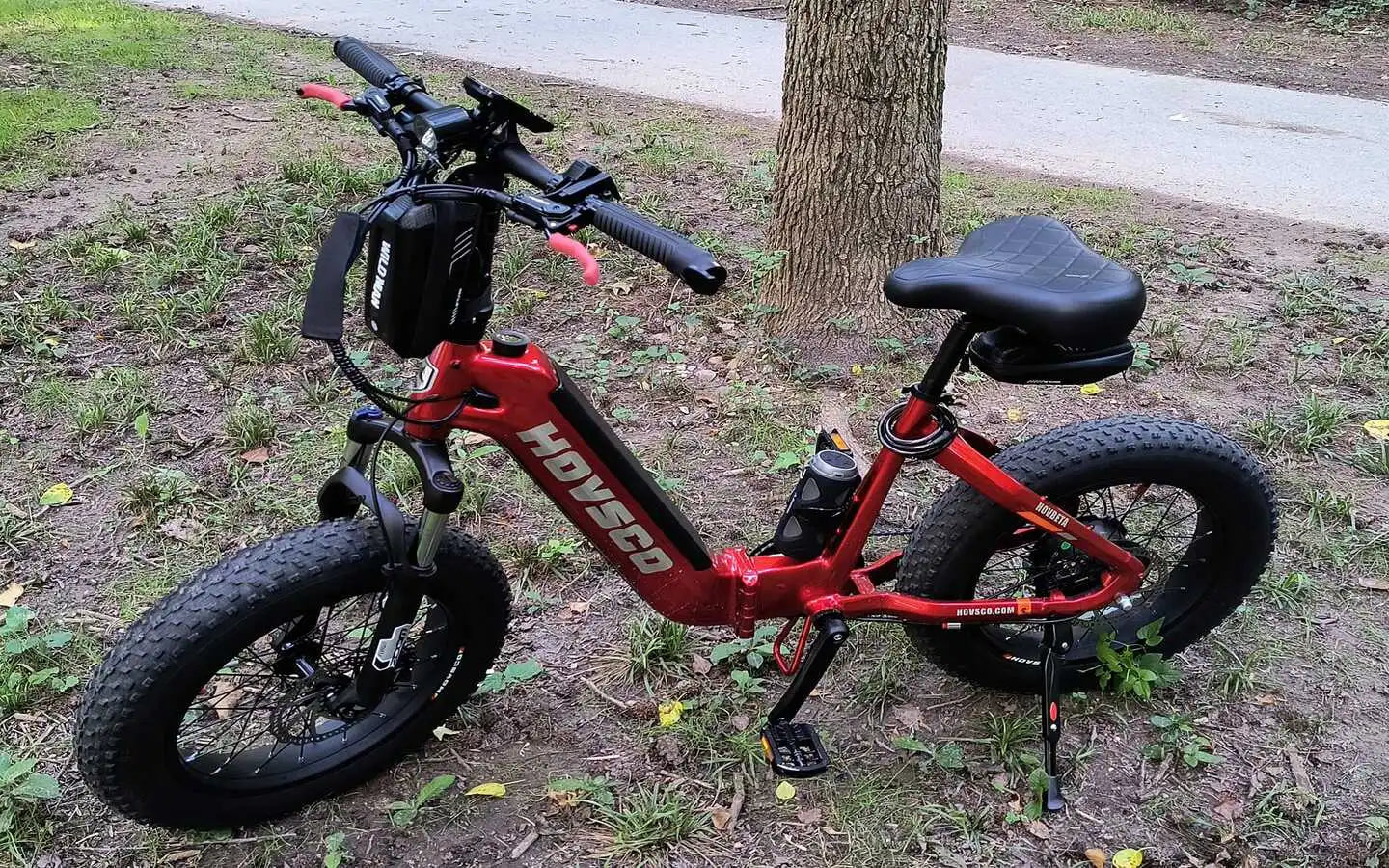
- by LiuJiazhu
What Speed Limits Govern Class 3 E-Bikes?
- by LiuJiazhu
Class 3 e-bikes in the United States are governed by a maximum speed limit of 28 mph (45 km/h) with pedal assistance, though throttle-operated models are typically restricted to 20 mph (32 km/h). These limits vary by jurisdiction, with some states enforcing lower speeds or additional requirements like helmet use or age restrictions. Compliance ensures safety and legal operation.
Class 3 e-bikes are characterized by pedal-assisted operation up to 28 mph and may include throttles limited to 20 mph. The 28 mph cap applies only when the rider is actively pedaling, distinguishing them from lower classes. Federal guidelines categorize these bikes for road use but defer specific rules to state laws, creating variability in requirements like mandatory helmets or restricted access to bike lanes.
Under the Consumer Product Safety Commission’s framework, Class 3 e-bikes must have operable pedals and motors under 750W. However, the 28 mph threshold is strictly tied to pedal assistance—throttle-only operation beyond 20 mph would reclassify the vehicle as a moped or motorcycle, subject to registration and licensing. For example, California requires riders to be at least 16 years old and wear helmets, while Pennsylvania allows Class 3 e-bikes on roads but prohibits them from bike paths.
Pro tip: Always verify local laws before riding, as a bike legal in one state might violate regulations in another. Think of it like highway speed limits: the federal government sets broad guidelines, but states determine exact rules based on safety assessments.
Globally, Class 3 e-bike regulations diverge significantly. The EU limits pedal-assisted e-bikes to 25 km/h (15.5 mph) and classifies faster models as mopeds requiring licenses. Canada aligns closely with the U.S., permitting 32 km/h (20 mph) with throttles and 45 km/h (28 mph) via pedal assistance in provinces like British Columbia. Australia enforces a strict 25 km/h cap nationwide, categorizing any faster e-bike as a motor vehicle.
| Region | Max Speed (Pedal Assist) | Throttle Limit |
|---|---|---|
| United States | 28 mph | 20 mph |
| European Union | 15.5 mph | Not Allowed |
| Canada | 28 mph | 20 mph |
These disparities highlight the importance of understanding regional laws. For instance, a U.S.-compliant Class 3 e-bike ridden in Germany would technically violate speed limits unless reprogrammed. Practically speaking, manufacturers often install geofencing technology to automatically adjust speed caps based on GPS location. But what happens if you cross borders without such features? You risk fines or confiscation. Always research destination laws before touring internationally with an e-bike.
The dual-speed system (28 mph pedal assist and 20 mph throttle) balances performance with safety. Throttles allow effortless acceleration, which could lead to reckless behavior if unrestricted, hence the lower limit. Pedal assistance at higher speeds demands rider effort, promoting attentiveness. This design mirrors automotive safety principles—like how sports cars have speed governors despite engine capabilities.
Technically, the motor disengages upon reaching the set limit, whether through pedal or throttle input. For example, if a rider pedals downhill, the motor won’t propel the bike beyond 28 mph. However, mechanical failures or tampering could override these limits. A common modification involves reprogramming the controller, but this voids warranties and may result in legal penalties. Pro tip: Avoid aftermarket "speed tuning" kits—while tempting, they compromise safety systems and increase liability in accidents.
Enforcement relies on police radar checks, consumer complaints, and accident investigations. Officers may use handheld speed guns in high-traffic areas, particularly where e-bike collisions have occurred. In California, for instance, state parks occasionally conduct e-bike speed audits near shared trails.
Manufacturers also play a role through software-based governance. Most Class 3 e-bikes log speed data internally, which authorities can subpoena after crashes. Some models even transmit real-time metrics to apps, enabling riders to self-monitor. But how effective is this? While tech helps, human behavior remains key. A rider coasting downhill at 30 mph without pedaling might bypass motor restrictions but still violate local speed laws. Always treat e-bikes like cars—obey posted limits, even if your bike’s motor isn’t active.
Violations typically result in fines ranging from $50 to $500, depending on jurisdiction. Repeat offenders may face impoundment of the e-bike or misdemeanor charges. In New York, exceeding 25 mph in bike lanes can lead to points on a driver’s license if the rider holds one. Insurance implications are severe: speeding voids most e-bike insurance policies, leaving riders liable for damages.
Consider a scenario where a modified Class 3 e-bike causes a collision at 35 mph. The rider could face reckless endangerment charges, similar to a driver speeding in a school zone. Courts may also assign partial liability to manufacturers if tampering is undetectable. Pro tip: Maintain factory settings and document regular maintenance to prove compliance if disputes arise.
The 28 mph cap reflects engineering trade-offs between battery efficiency, brake performance, and frame durability. At higher speeds, hydraulic disc brakes become essential to handle increased stopping distances—a requirement already adopted by premium brands. Batteries drain faster above 20 mph, prompting manufacturers to optimize power delivery algorithms.
Future designs may integrate adaptive speed control, using sensors to adjust limits based on terrain or traffic density. For now, adherence to speed regulations ensures that e-bikes remain a sustainable transit option without overwhelming infrastructure. Imagine a world where e-bikes automatically slow near schools—such tech exists in prototypes but awaits regulatory approval.
Most states restrict Class 3 e-bikes from bike paths, permitting them only on roads. Check local regulations for specific trail access rules.
Do speed limits apply when using only the throttle?Yes, throttle-operated speed is capped at 20 mph in the U.S., even if pedal assistance allows higher speeds.
How can I check my e-bike’s speed compliance?Use a GPS-based cycling app or request a diagnostic report from an authorized dealer to verify calibration against legal limits.
Share:
Does The Nearby Ebike Shop Provide Same-day Servicing And Parts?
Which Ebike Shops Near Me Offer Free Maintenance Services?